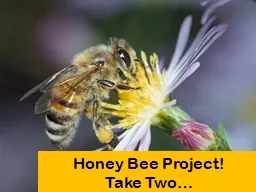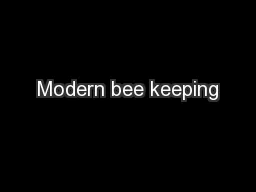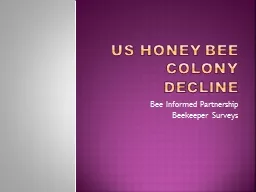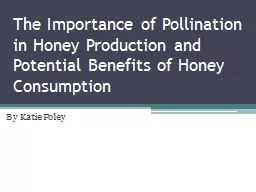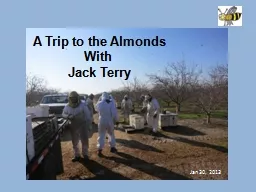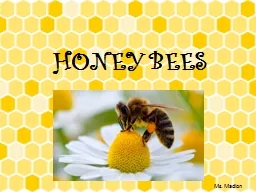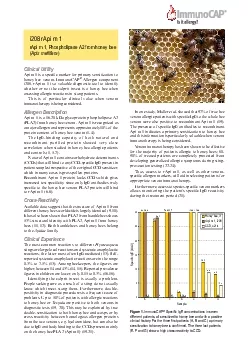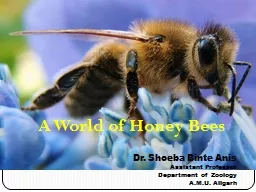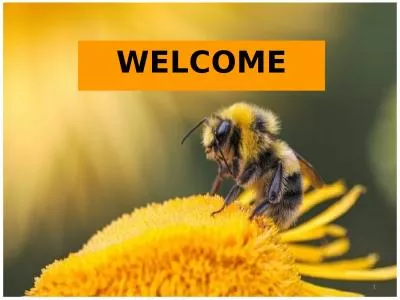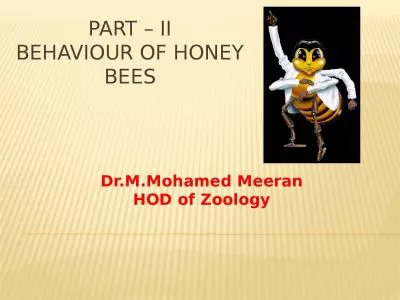PPT-Honey Bee Project! Take Two…
Author : jane-oiler | Published Date : 2018-03-07
Honey Bee Background 1500 BC early signs of Beekeeping Important Terms Beekeeping Tools 1568 discovered bees could raise a queen from young larva 1586 queen
Presentation Embed Code
Download Presentation
Download Presentation The PPT/PDF document "Honey Bee Project! Take Two…" is the property of its rightful owner. Permission is granted to download and print the materials on this website for personal, non-commercial use only, and to display it on your personal computer provided you do not modify the materials and that you retain all copyright notices contained in the materials. By downloading content from our website, you accept the terms of this agreement.
Honey Bee Project! Take Two…: Transcript
Download Rules Of Document
"Honey Bee Project! Take Two…"The content belongs to its owner. You may download and print it for personal use, without modification, and keep all copyright notices. By downloading, you agree to these terms.
Related Documents

